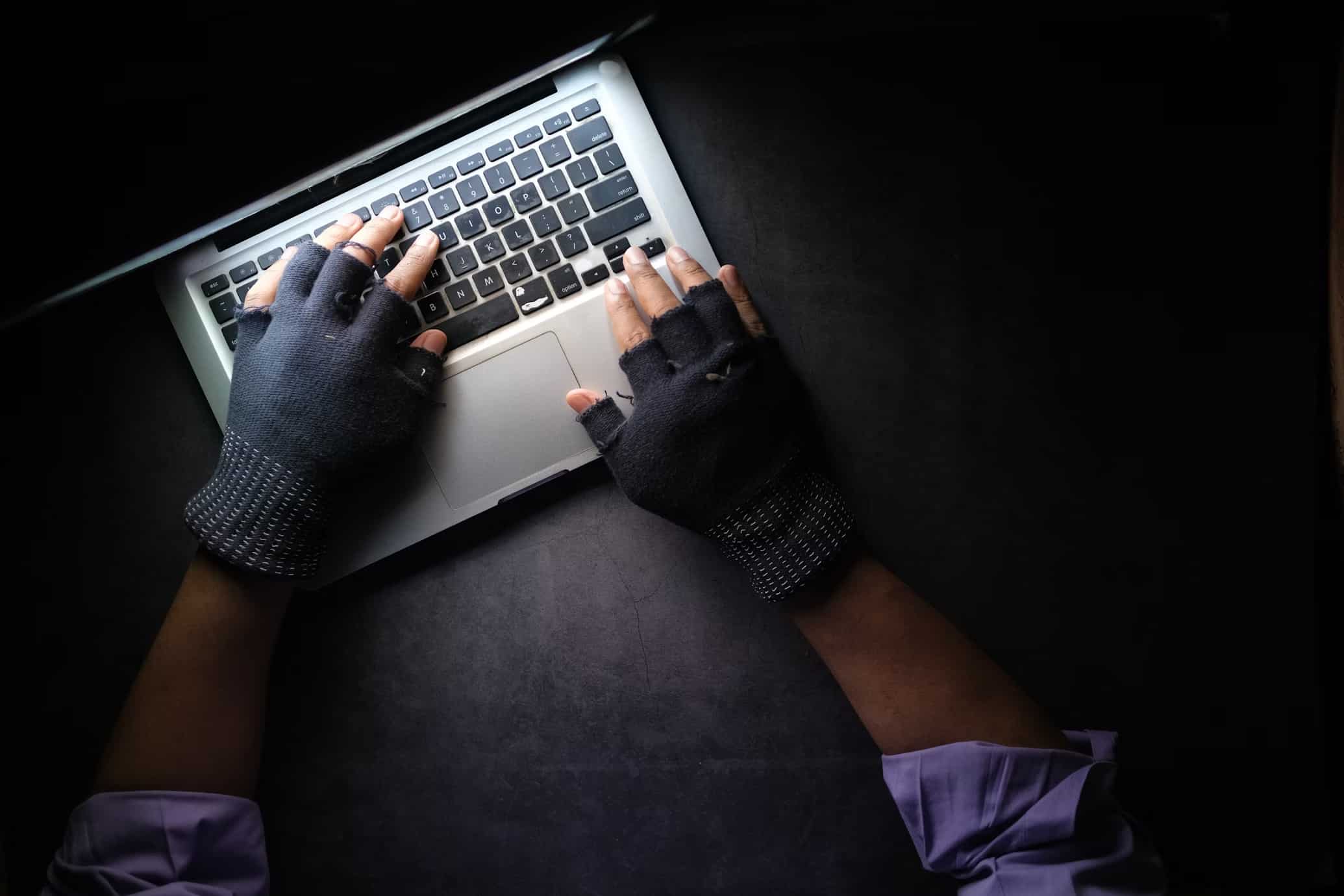We do not need Netflix series like Baby Reindeer to understand how dangerous cyberstalking is.
However, these productions show cyberstalking attempts make people go through irrecoverable trauma.
In this age of digital harassment and cyberbullying, digital crimes can push people to a dangerous edge.
As revealed by ExpressVPN, 20% of US adults have been subjected to cyberstalking.
In many cases, victims of cyberstalking can go through depression, anxiety, sleep disturbances, PTSD and severe impact on self-esteem and social relationships.
Considering the digital footprint one person leaves daily, anyone can be a victim of cyberstalking!
So, as is the case with other cybercrimes, it is better to be safe than sorry. Here are a few steps to stay safe online from cyberstalking.
#1 Review What You Have shared
Any cyberstalking perpetrator needs some data to start an attack towards you. While it is impossible not to leave any data while using the internet, you can always review what you have shared and continue to share.
For instance, it is a good idea not to keep your private mobile number public.
Similarly, leaving personally identifiable and traceable information in the public domain is a trap for yourself. People tend to underestimate how threat actors can bring together information that may not individually help track you.
For instance, your first name and where you work can help the threat actor narrow down how to reach you and confirm your identity.
Thus, you should understand how much you share. A simple Google search can help you get started.
#2 Frequently Update Your Credentials
Even when you are completely secure on your own, your credentials can make it to the dark web in multiple ways.
In many cases, hacking attempts may reveal a massive corpus of personal credentials on the web.
Therefore, frequently updating your credentials, especially your email address and password, is always a good idea.
On a related note, you should always use multiple email addresses. This way, even if one of the addresses is compromised, you will not have to redo everything from scratch.
Of course, at this point, if you are using the same password for all websites, you are digging your own grave. Using a password manager can make things easy here.
#3 Practice Security Hygiene Habits
Digital security hygiene refers to several precautions that you can take against digital threats. While many of these digital threats may not directly cause cyber-stalking, they are a popular channel through which your information gets to the threat actor.
Here are some habits you can build.
- Use an anti-malware tool on your computer and smartphone if possible.
- Use a virtual private network whenever you connect to a public network.
- Download applications only from the official store, such as Google Play or Microsoft Store, whenever possible.
- Avoid sharing private information unless it is essential.
- In particular, do not share your phone number, email address or full date of birth unless you trust an entity.
- Unless you are a social media influencer, keep your social media profile private to your friends.
In addition, if you talk about sensitive topics, you should always know who has access to the information.
For instance, if you do not want your blog post to appear on a Google search result, you can de-index it.
These habits can reduce the chances of being targeted by cyberstalkers.
#4 Digital Security Practices
When most people think of cyberstalking, they imagine this very well-versed technical hacker on the other side.
But in most cases, you can find cyberstalkers among your many neighbors or friends.
So, even seemingly minute vulnerabilities can cause data theft. To prevent these, you can follow these steps.
- Ensure that your Wi-Fi networks use the highest-available security measures to prevent vulnerability attacks.
- Ensure that strangers cannot access the Wi-Fi router or your personal devices.
- Keep a distinction between your work-provided devices and personal devices.
- Educate your family about the potential risks of cyberstalking and ways to stay away.
While these digital security practices are not exhaustive, they can reduce your chances of becoming a victim.
The Bottom Line
We don’t like to pretend that these steps can offer absolute protection from cyberstalking. As threats turn more evasive and subtle, you need proactive thinking while using the web.
Nevertheless, these steps will protect you from severe threats by a long shot.
Meanwhile, we expect the administrations to restrict how personal data can be used and transferred.



